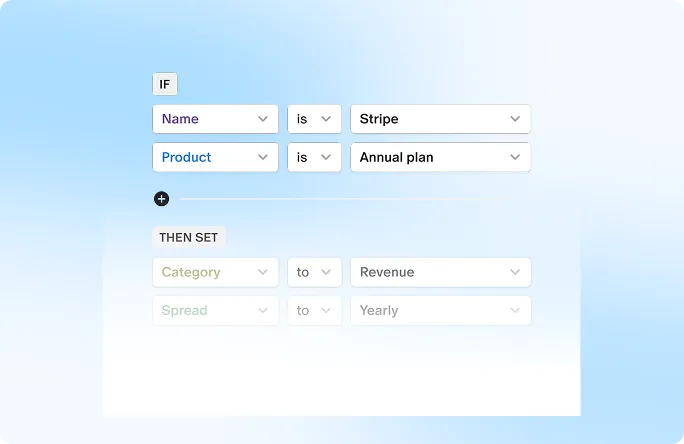Carried interest is a term used to describe the share of profits that general partners in private equity or hedge funds receive as compensation. It is a performance-based incentive that is intended to align the interests of the general partners with those of the fund's investors.
In this blog, we will discuss what carried interest is, how it works, how it is taxed, how it is calculated, where it is reported, and how it differs from performance fees.
What is carried interest?
Carried interest, often also known as carry, has been the talk of the town. Carried interest is a share of the profits that general partners in private equity or hedge funds receive as compensation. It is a performance-based incentive that is intended to align the interests of the general partners with those of the fund's investors. General partners are the individuals or firms responsible for managing the fund's investments and operations.
Carried interest is typically calculated as a percentage of the fund's profits, and it is only paid out after the fund has achieved a certain level of return, known as the "hurdle rate."
How do General Partner's receive carried interest?
Fund managers are usually structured as general partners (GPs) in the fund. They receive two main forms of compensation:
- Management Fees - An annual fee, often 2% of assets under management (AUM), to cover operating expenses.
- Carried Interest - A share of the fund's profits once returns surpass a hurdle rate, often 20%.
The management fee covers base salaries and regular operations. Carried interest incentivizes the GP to generate strong returns for investors.
How does Carried Interest work?
For a carry, there are two types of players involved: general partners and limited partners. General partners are those who manage the fund in discussion, and they can earn the management fees as well as the carried interest, or a portion of the profits. On the other hand, limited partners are the ones who invest into the fund, who receive the amount remaining after general partners are paid off.
Carried interest refers to the portion of investment gains that the general partners of private equity, hedge funds receive as their compensation. It is a performance fee that aligns the general partner's compensation with the fund's returns. Carried interest is typically set at 20% of the fund's profits after the hurdle rate has been achieved.
What is hurdle rate?
The hurdle rate is the minimum return that the fund must achieve before the general partners are eligible to receive carried interest. This mechanism ensures that general partners are incentivized to maximize the fund's returns and aligns their interests with those of the fund's investors.
Where is Carried Interest Reported?
Carried interest is calculated as a percentage of the profits above the hurdle rate. Carried interest is reported in the financial statements of the fund. The details of how it is calculated and distributed are typically outlined in the fund's offering documents, which are provided to prospective investors. These documents also specify the terms and conditions under which the general partners are entitled to receive carried interest.
Example of how Carried Interest works
Here is a simple example of how carried interest works:
- A private equity fund raises $100 million from investors with an 8% hurdle rate
- The GP does not get any carried interest until returns exceed 8%
- In Year 1, the fund returns 10% or $10 million. The GP can take 20% of profits above the hurdle as carried interest
- The fund made $2 million above the hurdle rate of 8%
- So, the GP gets 20% of $2 million, which is $400,000 in carried interest
- The rest of the $10 million remains with investors. This gives the GP an incentive to generate returns higher than the hurdle rate.
What is Two and Twenty (2 and 20) model?
A common model found in hedge funds is the '2 and 20' model, which is a standard fee structure. Here we see a 2% management fee, which is applicable on the total Assets Under Management (AUM), and a 20% performance fee, on the profits witnessed. The 20% is usually only charged upon meeting a previously discussed benchmark for profits, and is often the biggest source of income for hedge funds.
Carried Interest vs. Performance Fees
Carried interest is often confused with performance fees, but they are not the same. Performance fees are charged by investment managers, such as hedge funds, and are calculated as a percentage of the profits generated on an investor's contribution. Carried interest, on the other hand, is a share of the fund's profits that is earned by the general partners as part of their compensation.
Conclusion
In summary, carried interest is a share of investment profits paid to general partners of private equity, venture capital, and hedge funds as performance-based compensation. It aligns the interests of fund managers and investors by rewarding GPs when returns exceed a hurdle rate. Carried interest is taxed as capital gains and details are outlined in fund documents. It differs from performance fees in that it relates to the overall fund's profits rather than individual client accounts. Understanding carried interest provides insight into fund manager incentives in generating strong returns.


 Equity management
Equity management

 Fund management
Fund management

 Fund management
Fund management

 Fund management
Fund management










































